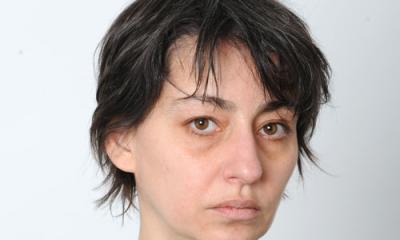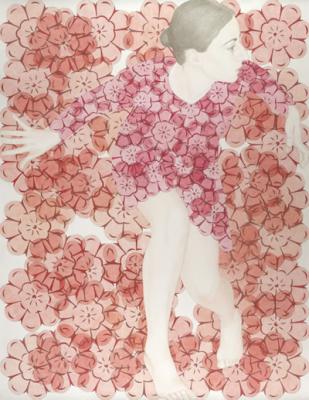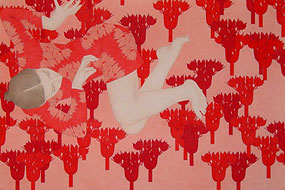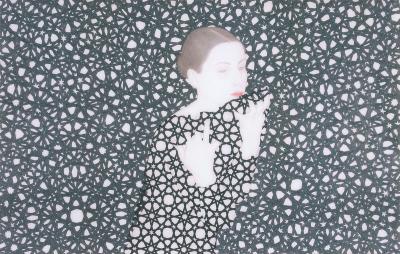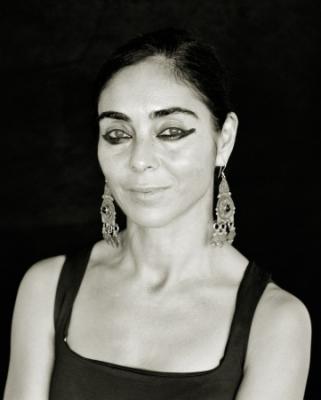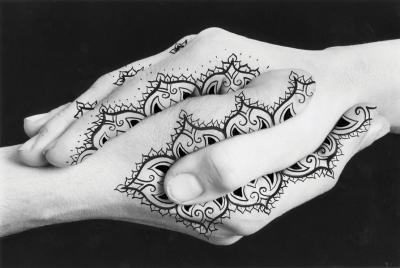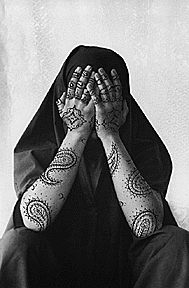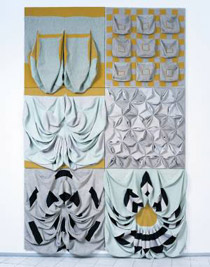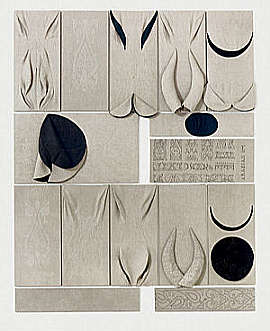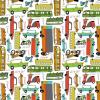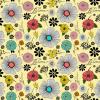Melanie Millar
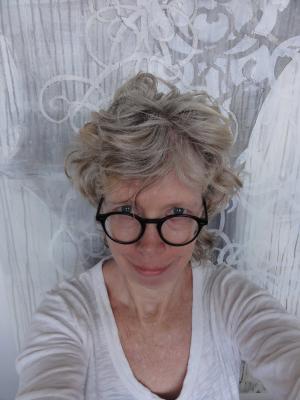
http://melaniemillar.com/home.html
Melanie Millar
Biographical Information
October 21, 2012
I am a painter with a full time studio practice in Houston Texas.
I completed a Master of Fine Arts program in painting from the University of North Texas in Denton Texas in 1999. I grew up and lived in suburban New York City until I was 18. These early years on the East Coast had a huge impact on every aspect of my development, including my artistic development. As kids will, I completely took for granted my parents’ efforts to expose me to so much that New York had to offer, particularly in the arts. My father had a particular interest Modernist art. I spent many Sundays at the Museum of Modern
Art and the Guggenheim with my family. When I was old enough to go on my own, I would skip school and go into the city with chums (and never once got caught). As a high school student I took classes at Pratt Institute in Brooklyn.
When I moved to Houston in 1976 I was truly shocked to discover that not all big cities were created equal. I had no idea New York stood alone among American cities. In 1976 I thought I had ended up at the edge of the known world. Houston in 2012 is a very different city and I have come to love living and working here. I have an amazing 750 square foot studio (70 square meters) in an industrial part of the city, a luxury that would be unaffordable in most other big cities. And this remarkably low cost of living has made Houston a magnet for artists and other creatives.

Melanie Millar
Artist Statement
October 2012
All This Useless Beauty
An astonishing amount of human effort and expense since the beginning of human history has been expended in the
Endeavor to enhance, embellish and beautify the surfaces of our inhabited existence; from the patterning on clay vessels to the architectural articulation of gothic cathedrals. To no other end than to please and delight the viewer. Seen through the lens of Modernism, this is an irrational endeavor, unnecessary, superfluous, gratuitous and wasteful. And yet this persistent human compulsion.
My work comes out of a long‐term fascination with ornamental form in its myriad manifestations: architectural embellishment, textile design and the surface decoration employed for one purpose only: to enhance the experience of our constructed material existence: vessels, tools, interior space, exterior space. The impulse to embellish is universal. It is seen in all cultures since the be. “Just as there are no societies that do not speak or count, so there are none that do not embellish or make patterns.“
In his seminal work, “The Mediation of Ornament”, Oleg Grabar describes the sole and exclusive purpose of ornamental form is to provide pleasure, visual and tactile, to the viewer. As such, Grabar identifies ornamental form as a signifier or mediator of pleasure. So these forms: the serpentine line, the interlace, the stylized palmetto signify to the viewer pleasure and delight. As such, they also signify completion.
With Modernism, this impulse to embellish, to enhance became highly suspect. Austrian architect Adolf Loos went so far as to publish a manifesto entitled “Ornament and Crime” in 1913. "The evolution of culture marches with the elimination of ornament from useful objects" Loos writes, echoing the modernist dictum first articulated by Louis Sullivan in 1896: “form follows function.”
This dictum is based on the notion that embellishment interferes with functionality. This is true only if one believes that the pleasure of viewing, handling, using, dwelling does not enhance function.
So I have isolated and extracted these forms from their original context and recontextualized them as “pure” form and as signifiers. My paintings are built up in layer upon layer of transparent and semi‐transparent glazes, interleaving and embedding the flat formal elements among the accumulated layers. This layering creates a visual and emotional depth, a dreamy, floating sense of time and space and history. The restrained palette serves as a counterpoise to the decorative nature of the ornamental form.
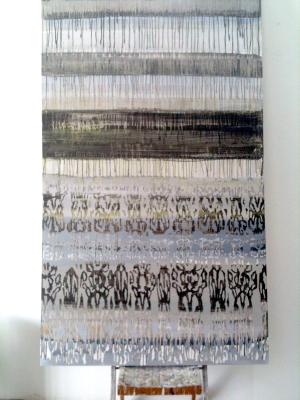
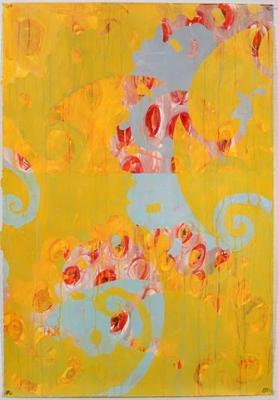
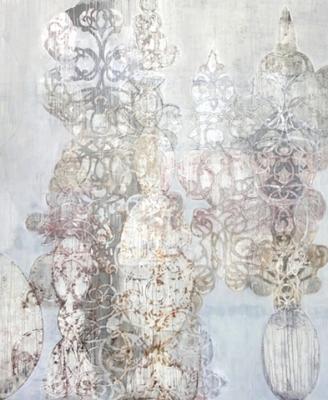
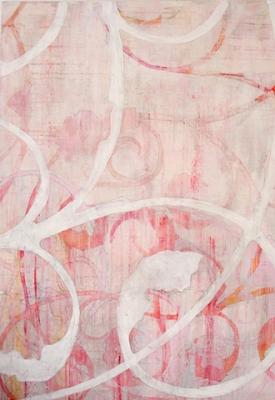
ornament-art - 29. Okt, 21:30

